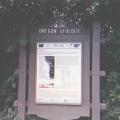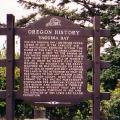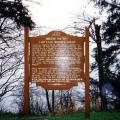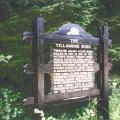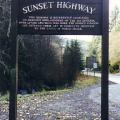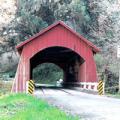Alexander R. McLeod led the first overland expeditions to Oregon's central and southern coast between 1826-27.
Regions: Central Coast
Devastating waves called “tsunamis” can strike the Oregon coast at any time.
The old Yaquina Bay Lighthouse, established in 1871, is the earliest aid to navigation standing within the range of the first recorded landfall made from a ship to the shores of the Pa
Captain Robert Gray, U.S. Naval Officer, in command of the sloop Lady Washington, together with the crew of about a dozen officers and men, left Boston October 1, 1787.
Trees on 240,000 acres were killed in 1933 in one of the Nation's worst forest fires which started four miles northeast of this point.
This division was organized for World War I in 1917 at Camp Greene, North Carolina and was demobilized at Camp Die, New Jersey in 1919. It was reorganized and Federally recognized at Portland, Oregon in 1930.
Oregon's Historic Tillamook Forest Fire of 1933 spread over 240,000 acres of forest land, fires in 1939 and 1945 brought the total to 355,000 acres. Over 13 billion board feet of timber were killed.
Devastating waves called “tsunamis” can strike the Oregon coast at any time.
Location:
From Yachats travel approximately 7 miles east on Yachats River Road to N Yachats River Road. At the intersection turn north and travel approximately 1.5 miles.
